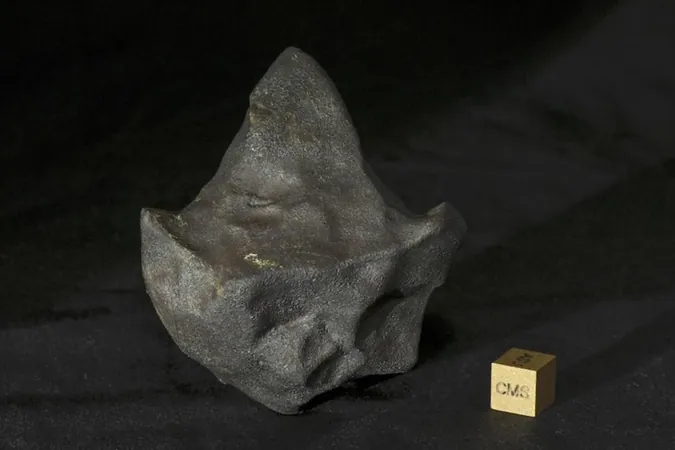
The Hidden Struggles of Tourette Syndrome in Girls: Why Diagnosis is Delayed
2025-01-17
Author: Wei Ling
Introduction
Tourette syndrome, a neurodevelopmental disorder characterized by involuntary tics, is often misdiagnosed or overlooked in girls, leading to significant challenges in managing the condition. A recent study published in the journal Neurology sheds light on these alarming disparities.
Disparities in Diagnosis
Researchers found that females diagnosed with Tourette syndrome face longer delays in receiving appropriate diagnosis compared to their male counterparts. While approximately 61% of the study's female participants had received a diagnosis, this rate was notably lower than the 77% diagnosed males. This stark difference indicates that girls are 54% less likely to be diagnosed prior to the study despite exhibiting clear symptoms of the disorder.
Age of Onset and Diagnosis
Notably, girls are often diagnosed at an average age of 13 years, compared to 11 years for boys. Furthermore, the onset of tics occurs slightly later for girls—around 6.5 years of age versus 6 years for boys—yet the nature of their tics can often manifest differently, leading to a potential underrecognition of the syndrome in females. This delay in diagnosis—averaging one additional year—is concerning as timely intervention is crucial for effective management of the disorder.
Impact of Tourette Syndrome
Tourette syndrome causes involuntary movements and sounds, often resulting in emotional challenges for individuals. These include involuntary eye blinking, throat clearing, and occasional outbursts of inappropriate words. The intricacies of tic disorders can be more nuanced in girls, who may present with less overt symptoms, making recognition by healthcare professionals and families even more essential.
Call for Early Intervention
Dr. Marisela Dy-Hollins, the lead researcher and a pediatric neurologist at Massachusetts General Hospital in Boston, emphasizes the importance of early screening and intervention. "Healthcare professionals and parents need to be vigilant about recognizing tics in female individuals and pursuing proper care to enhance their quality of life," she stated. Treatments for Tourette syndrome include education about the condition, behavioral therapy, medication, and sometimes, a strategy of watchful waiting, as many individuals experience a reduction in tics over time.
Understanding Gender Differences
The lingering question remains: Why are girls falling through the cracks when it comes to diagnosis? Dr. Dy-Hollins asserts that more research is needed to unpack the gendered differences in the presentation of Tourette syndrome and to explore the implications for various racial and ethnic communities.
Advocacy and Awareness
As awareness around Tourette syndrome grows, it is imperative that we advocate for thorough education and understanding among healthcare providers and society at large to ensure that girls with this condition receive the recognition and care they deserve. The fight against the misperceptions surrounding Tourette syndrome is just beginning, and it is time to shed light on these hidden struggles faced by many young girls.

 Brasil (PT)
Brasil (PT)
 Canada (EN)
Canada (EN)
 Chile (ES)
Chile (ES)
 Česko (CS)
Česko (CS)
 대한민국 (KO)
대한민국 (KO)
 España (ES)
España (ES)
 France (FR)
France (FR)
 Hong Kong (EN)
Hong Kong (EN)
 Italia (IT)
Italia (IT)
 日本 (JA)
日本 (JA)
 Magyarország (HU)
Magyarország (HU)
 Norge (NO)
Norge (NO)
 Polska (PL)
Polska (PL)
 Schweiz (DE)
Schweiz (DE)
 Singapore (EN)
Singapore (EN)
 Sverige (SV)
Sverige (SV)
 Suomi (FI)
Suomi (FI)
 Türkiye (TR)
Türkiye (TR)
 الإمارات العربية المتحدة (AR)
الإمارات العربية المتحدة (AR)